Blue Protocol has been picking up steam since the devs revealed at The Game Awards 2022 that they plan on releasing the game in the West next year. While a few dedicated fans have already been keeping tabs on the game, not many have heard of it outside of Asia.
Keeping that in mind, fans have been comparing it to Genshin Impact to people’s disappointment. But we can’t really blame them because Genshin is probably one of the most popular games in existence and they have a similar style.
Blue Protocol and Genshin Impact, however, have big differences and are two completely different games. Here are the five biggest differences between the two:
Genre
Before you start, no, Genshin Impact is not an MMO. Yes, there are co-op events and dungeons you can do with other players, but it’s not big enough to be considered an MMORPG. Blue Protocol, on the other hand, will allow 200 players to access the town at any given time as well as 30 players in fields among other things. This information was relayed during a recent stream from developers Bandai Namco and translated by BlueProtocolDB on Dec. 15.
You don’t really see 200 players in the major cities of Genshin, do you?
Class system
In Genshin Impact, there’s not really a class system in place. The characters themselves have different skill sets that set them apart from the rest of the cast. In Blue Protocol, things are a bit easier than that. As of writing, there are five classes available:
- Blade Warden
- Twin Striker
- Keen Strider
- Spell Weaver
- Foe Breaker
Based on the information written on the official U.S. website of Blue Protocol, each class can equip up to four skills that can be strengthened and modified. It seems that there are different skills you can choose from as well as abilities and modifiers to create a character that fits your playstyle.
Customization
Genshin Impact’s customization is very limited and the devs seem to have no interest in it. Genshin only has different costumes for selected characters and wings they can equip. In Blue Protocol, it seems the devs want their players to be able to express themselves with all the different cosmetics they have available.
The game’s website has an emphasis on customization under the gameplay tab noting outfits, mounts, gestures, and even custom facial features to be flexible.
Guilds and social systems
Blue Protocol is an MMORPG and one of the appeals of the genre is its social aspects. The interactions and relationships you form in the game could be an easy driving force for you to continue playing, and the Blue Protocol devs know that. The game will have Teams—which are the game’s version of guilds—which can amplify that social experience even further.
Genshin Impact doesn’t really have a guild system in place and the closest you can get to it is a friends list. When you join other people’s words, there are also their own restrictions unlike in Blue Protocol, where you will be a part of a server.
Gacha
Blue Protocol revealed that they have a gacha system in place but it only applies to cosmetics, and cosmetics in Blue Protocol do not provide any stat improvements. They are purely for aesthetic purposes. A Twitter post from the BLUE PROTOCOL Database on Dec. 15 also confirmed that the monetization model of the game revolves around season passes and premium stores and currencies, although cosmetics will use some sort of gacha system.
Conclusion
Blue Protocol and Genshin Impact are two very different games. Genshin‘s monetization revolves around its gacha system while Blue Protocol will take more of a traditional MMORPG approach with the inclusion of premium currencies and shops. While Genshin Impact focuses more on the story of the game, Blue Protocol seems to focus on the combat and social aspects of it.


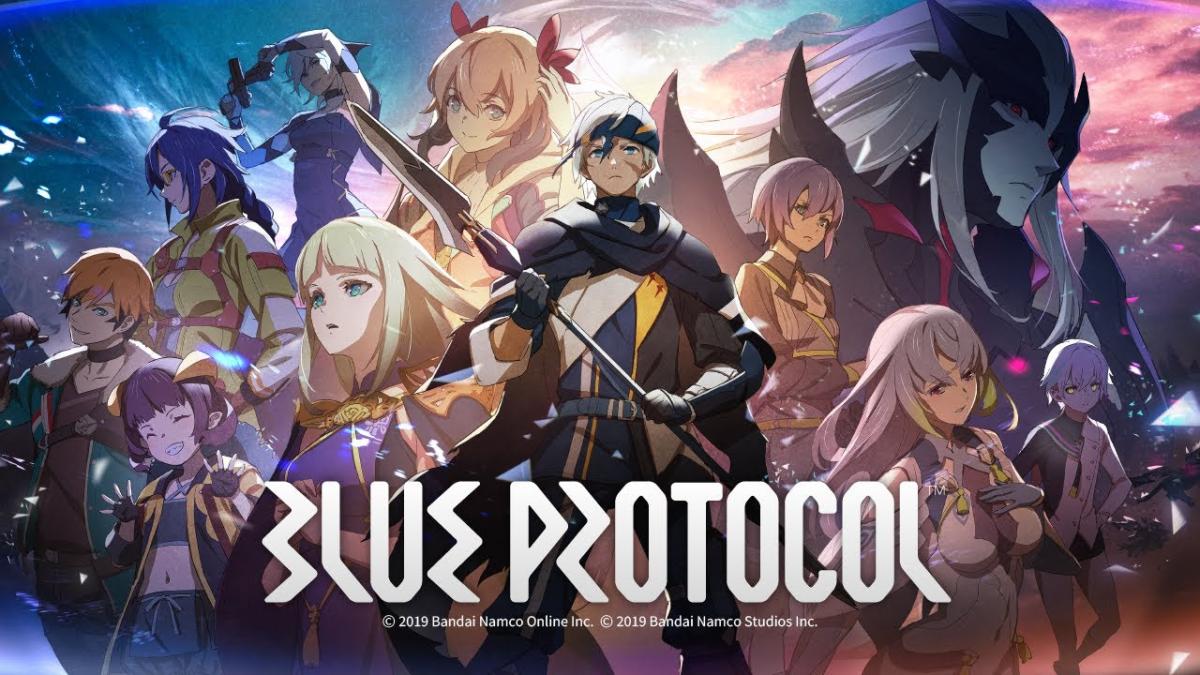
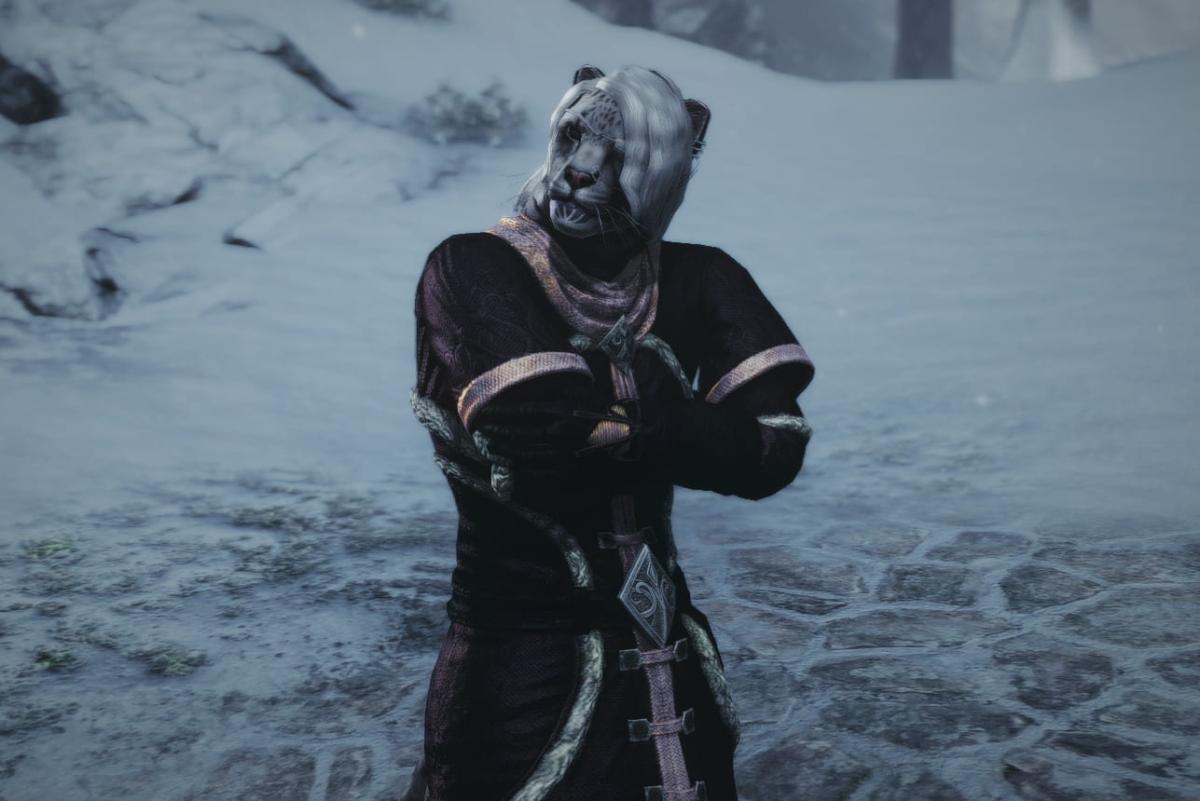

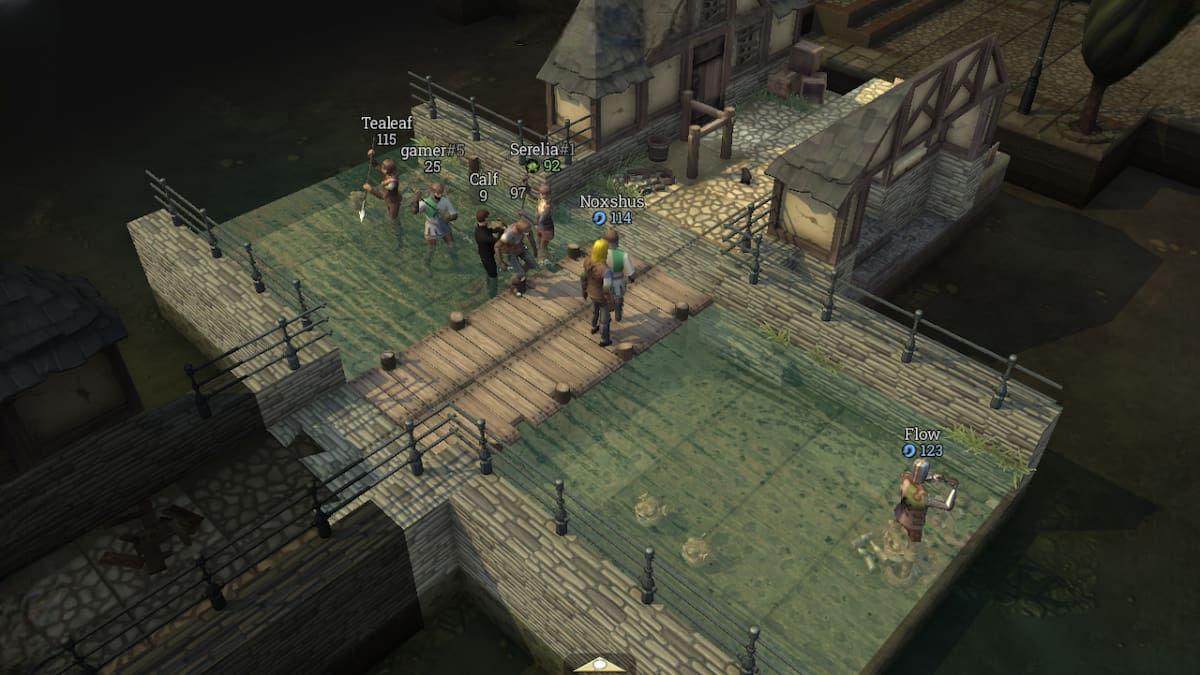
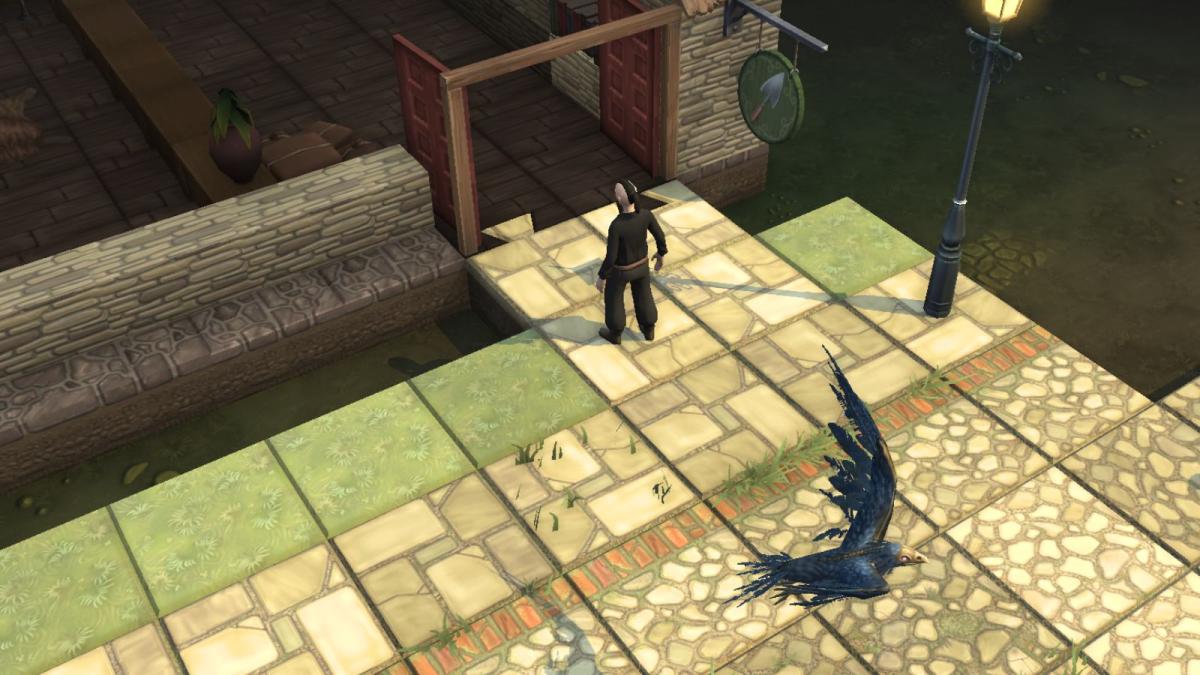

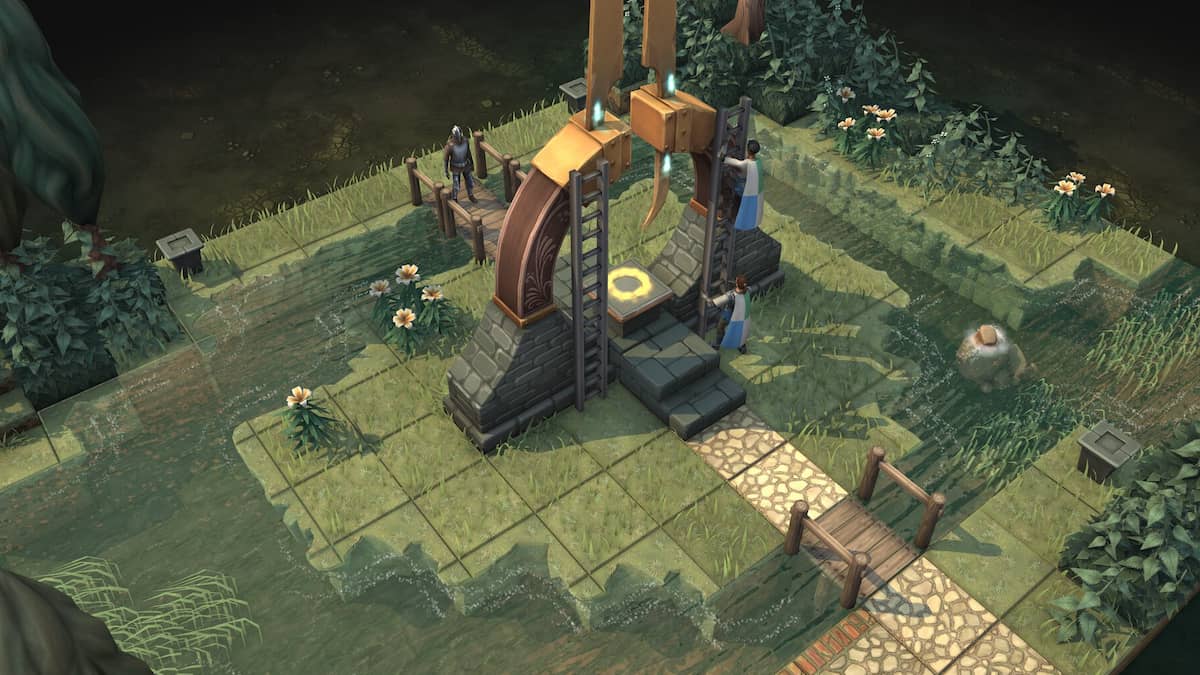
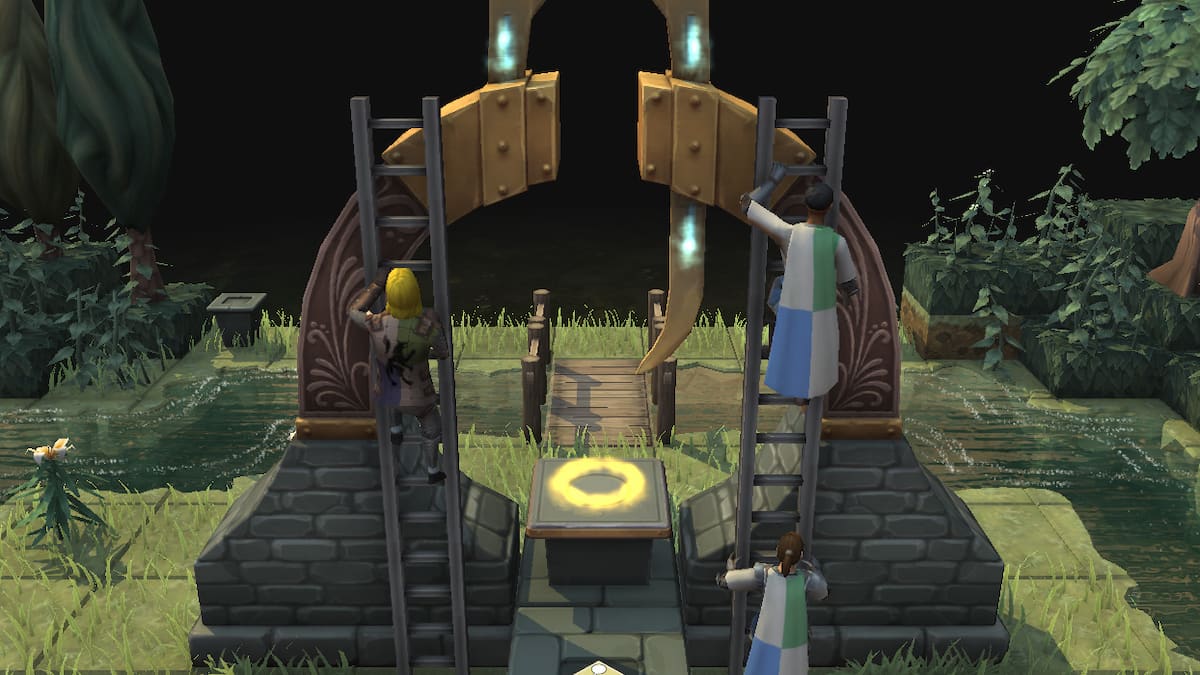

Published: Dec 16, 2022 04:04 am